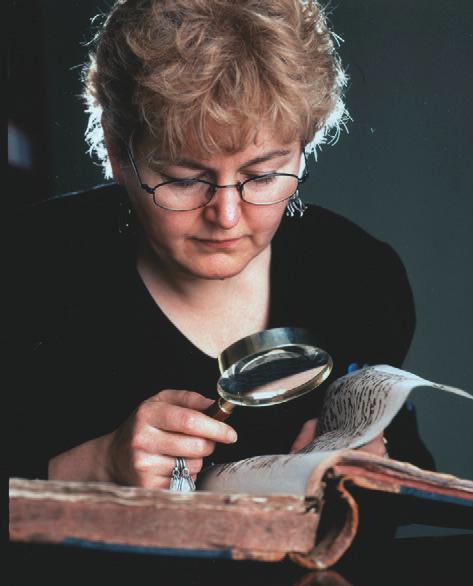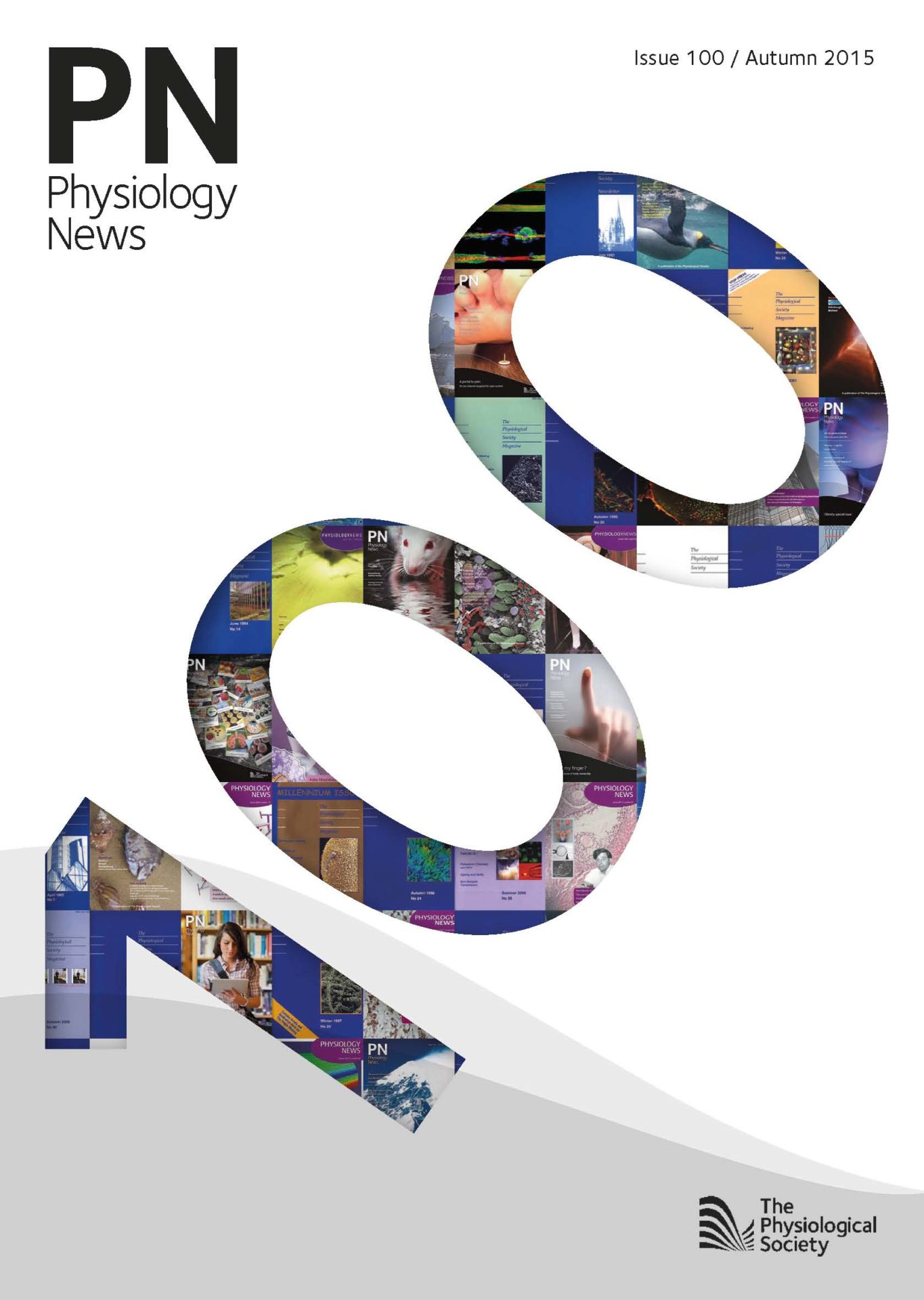
Physiology News Magazine
Hundreds and Thousands: reflections on Physiological Society anniversaries
A thousand meetings and the Centenary of Women in The Society
Features
Hundreds and Thousands: reflections on Physiological Society anniversaries
A thousand meetings and the Centenary of Women in The Society
Features
Tilli Tansey
The Society’s Honorary Archivist; Professor of the History of Modern Medical Sciences, Queen Mary University of London, UK
https://doi.org/10.36866/pn.100.24

Centenary anniversaries are comparatively common. This year we not only have the 800th birthday of Magna Carta, but are also marking 200 years since Waterloo. And, of especial interest to those of us involved in medical practice or education, it is the bicentenary of the Apothecaries’ Act which first standardised medical registration in the UK (superseded by the creation of the General Medical Council in 1858). Millenary* anniversaries are much more rare, especially within modern scientific societies. Here, The Society has a great distinction, having held one thousand scientific meetings. In fact it has by now held several more, although precisely how many more is difficult to estimate, as the date of the thousandth meeting is itself uncertain.
There can be few members of The Society who have failed to notice that this year marks the centenary of the election of our first women Members. I was invited to produce the Classical Perspective for The Journal of Physiology (Tansey, 2015) that outlined the careers and contributions of these six women members, all elected at the 1915 AGM.
In 1990, to mark The Society’s seventy-fifth anniversary, the Society supported the book Women Physiologists edited by Lynn Bindman, Alison Brading and I (Bindman et al., 1993). That volume included a review of the history of the events leading up to the 1915 decision, and brief biographies of the first six women members. It also included biographical accounts of distinguished women physiologists, with extracts from their scientific papers, selected and commented upon by later physiologists. Twenty-five years later a similar volume was published for Physiology 2015 (Wray & Tansey, 2015).
In 1994, I wrote to the then Committee Secretary, Jim Gillespie, to let him know that we would ‘in the near future’ be holding our thousandth meeting. The phraseology was deliberately vague because behind the question of ‘when is the thousandth meeting?’ lies the question ‘what is a Physiological Society meeting?’ There are three principal sources of information about meetings of The Society: The Society’s Minutes Books from 1876, all preserved in the Archives; Edward Sharpey-Schafer’s (1927) History of the Physiological Society (published to mark the fiftieth anniversary of the Society, and thus covering 1876-1926); and the published Proceedings that appeared in The Journal of Physiology from 1883 onwards; but these are not consistent and there are several gaps. For example, the first Minutes Book records all the early meetings of The Society but it is actually the fourth such meeting, on 26 May 1876, which is regarded as the inaugural meeting. Where do we start counting?
A second difficulty arises because pages are missing from the Minutes Books. There are two clear gaps – between the meetings of 18 May and 12 December 1878, and between those of 13 November 1886 and 12 February 1887. The Proceedings published in The Journal fill in the latter gap, but not the former. By 1878, the regular pattern of meetings would suggest that there might have been a meeting in early December 1878.

For many years there were particular difficulties about accepting invitations to meet in Edinburgh because of personal differences between many Society members and Professor William Rutherford. WJ O’Connor has found evidence recorded in the Brit. Med. J. of an Edinburgh meeting in July 1890 that is not recorded in the Minutes Book, nor by Sharpey-Schafer, who apparently hosted in 1901 what is referred to as the first ‘regular’ meeting there (O’Connor, 1991). Of course, all the early meetings were social occasions only, some of them very poorly-attended (e.g. in November 1879 there were four members present and no business was transacted); some were grander affairs, such as celebratory dinners given for Mosso (1892), Cajal (1894) and Sherrington (1921). The second of these is recorded in the Minutes Book, the other two are not. Such inclusion or exclusion appears to be random, and not representative of a particular policy.
As I wrote in1994: ‘Bearing all these (and other) discrepancies in mind (e.g. do International Congresses count?), my notes from the Minutes Books, the Proceedings, and the current meetings programme indicate that between 1876 and the end of 1994 there will have been approximately 966 meetings. At a rate of 7 a year, the millenary meeting should occur in 1999/2000. This is of course dependant on the criteria by which we judge what constitutes a ‘meeting of The Physiological Society’.
Sadly, but perhaps understandably given the shaky data, nothing further was heard of the matter. With the move towards fewer, larger meetings, it will be many decades, even centuries, before our daughter societies, the Biochemical, and British Pharmacological, Societies reach their own millenary events, and before we attain our second. We can now be confident that whatever the criteria used, The Physiological Society has held over a thousand scientific meetings – a remarkable achievement.
* Editor’s Note: According to my OED, ‘millenary’ refers to a thousand events or instances, ‘millenniary’ refers specifically to the millennium, whereas ‘millinery’ is old hat. (David Miller, no relation).
References
Bindman L, Brading A & Tansey T (eds) (1993). ‘Women Physiologists: An Anniversary Celebration of Their Contributions to British Physiology’, Portland Press
O’Connor W J (1991). ‘British physiologists 1885-1914’, Manchester University Press
Sharpey-Schafer E (1927). History of the Physiological Society during its First Fifty Years 1876-1926 (available at: physoc.org/society-history)
Tansey T (2015). Women and the early Journal of Physiology. J Physiol 593.2, 347-350
Wray, S & Tansey, T (eds) (2015). ‘Women physiologists: Centenary celebrations and beyond’, The Physiological Society
